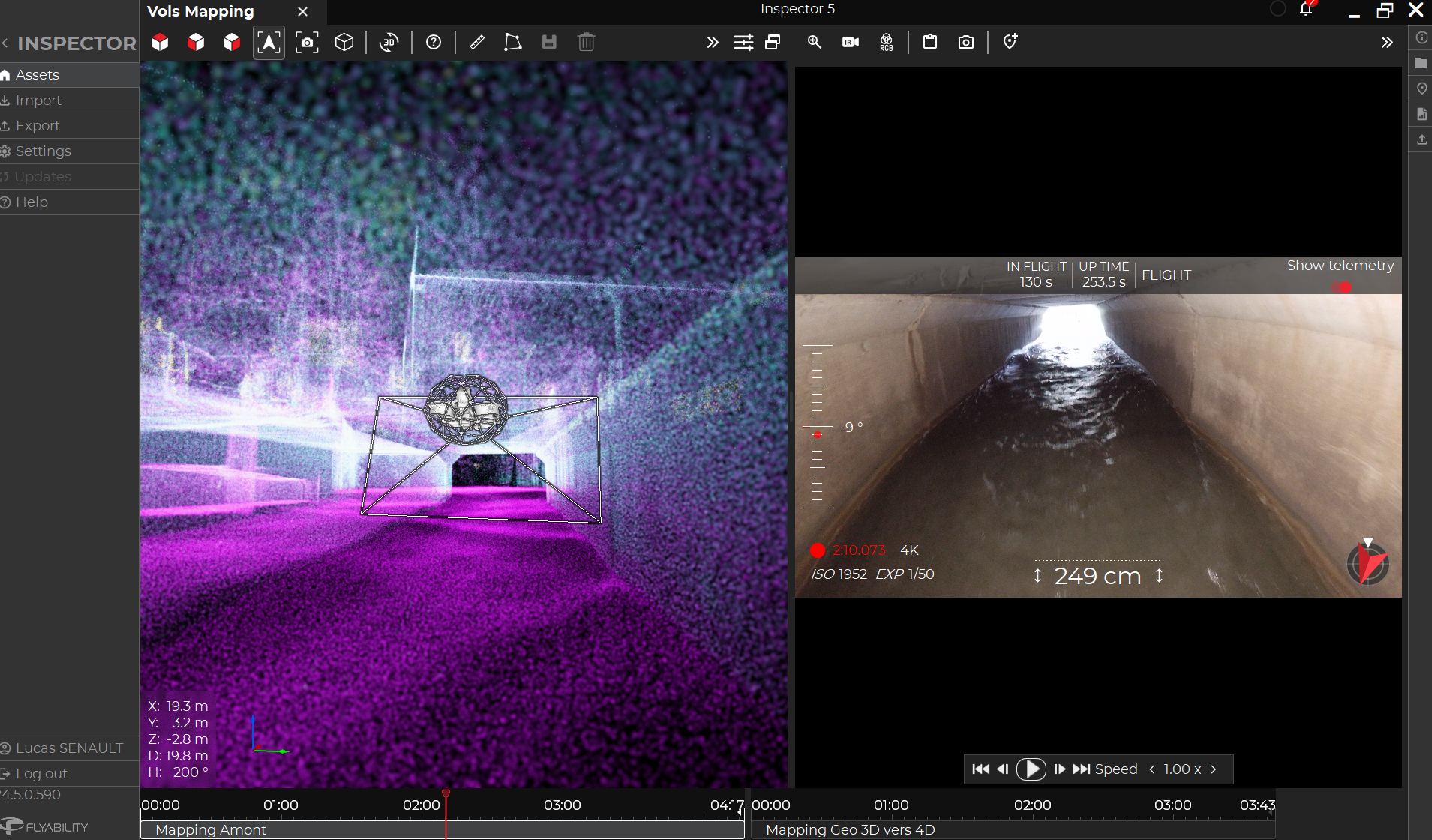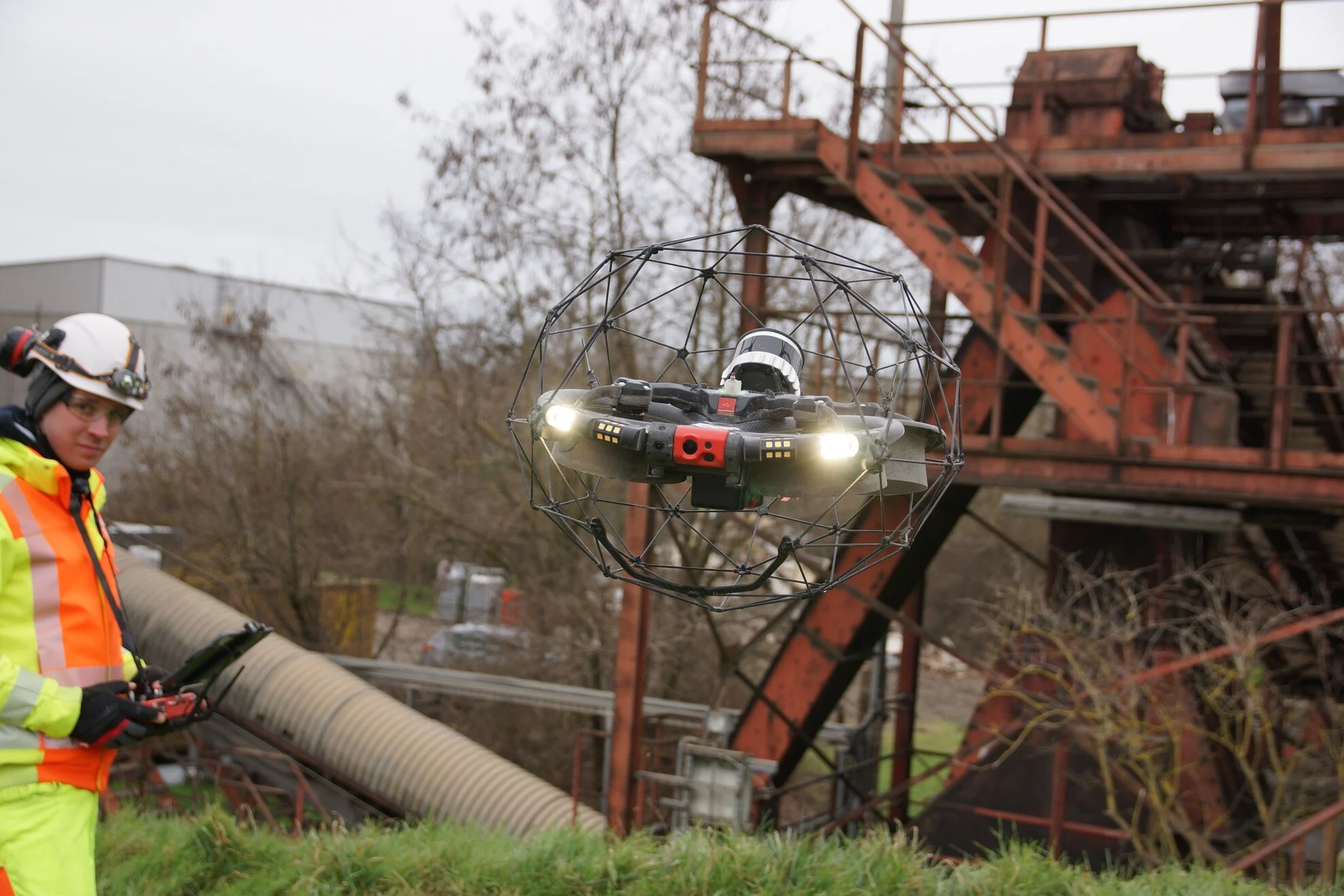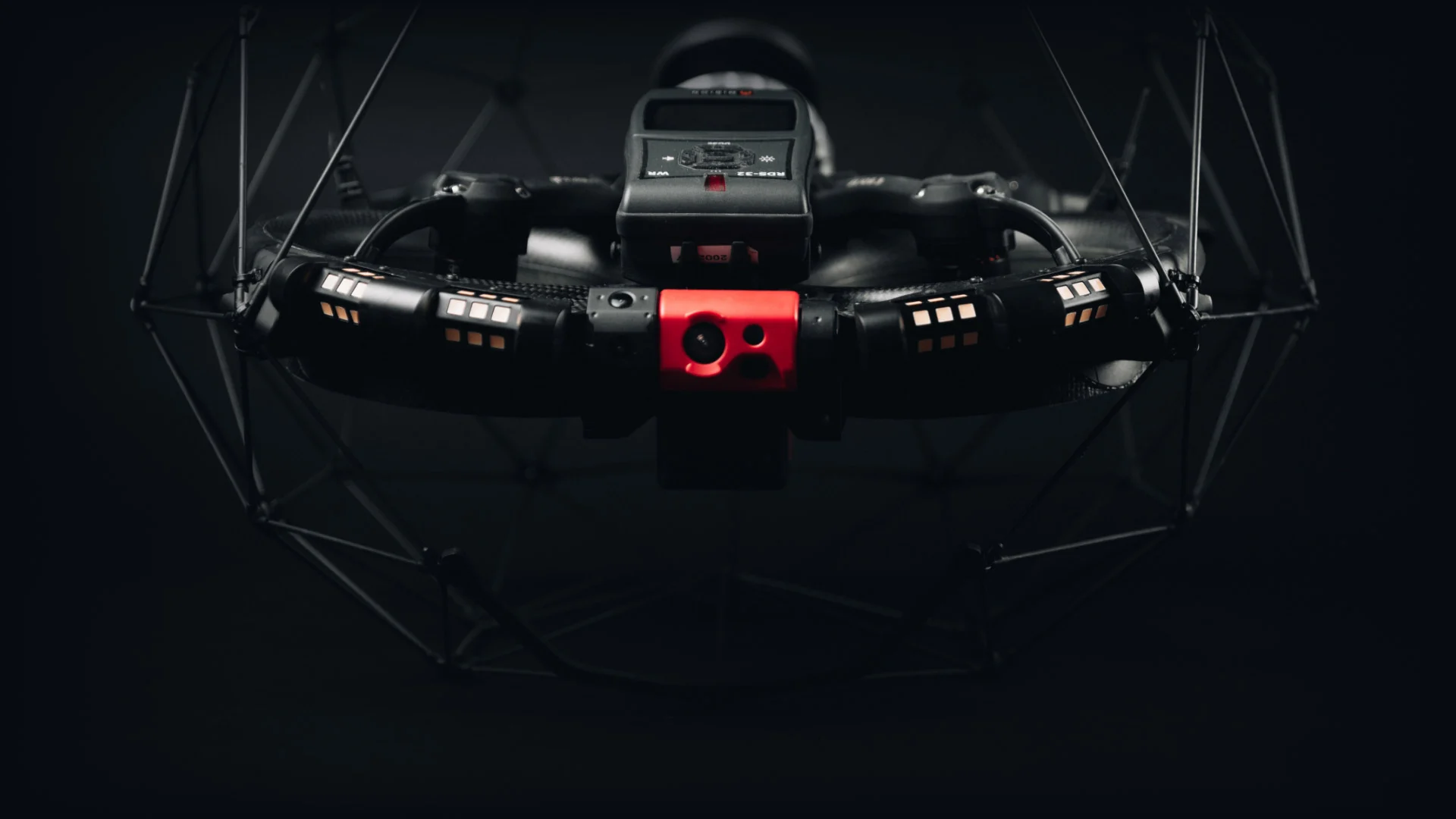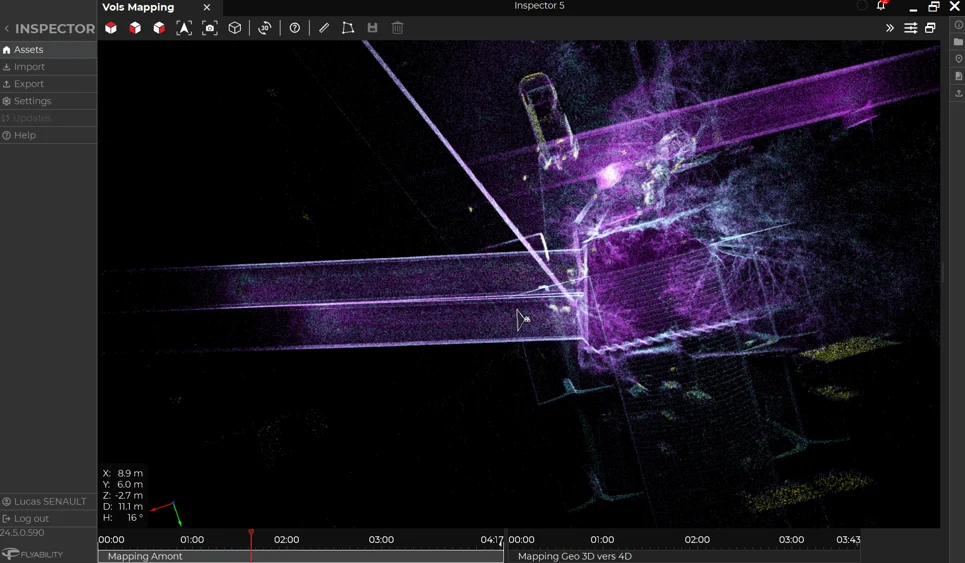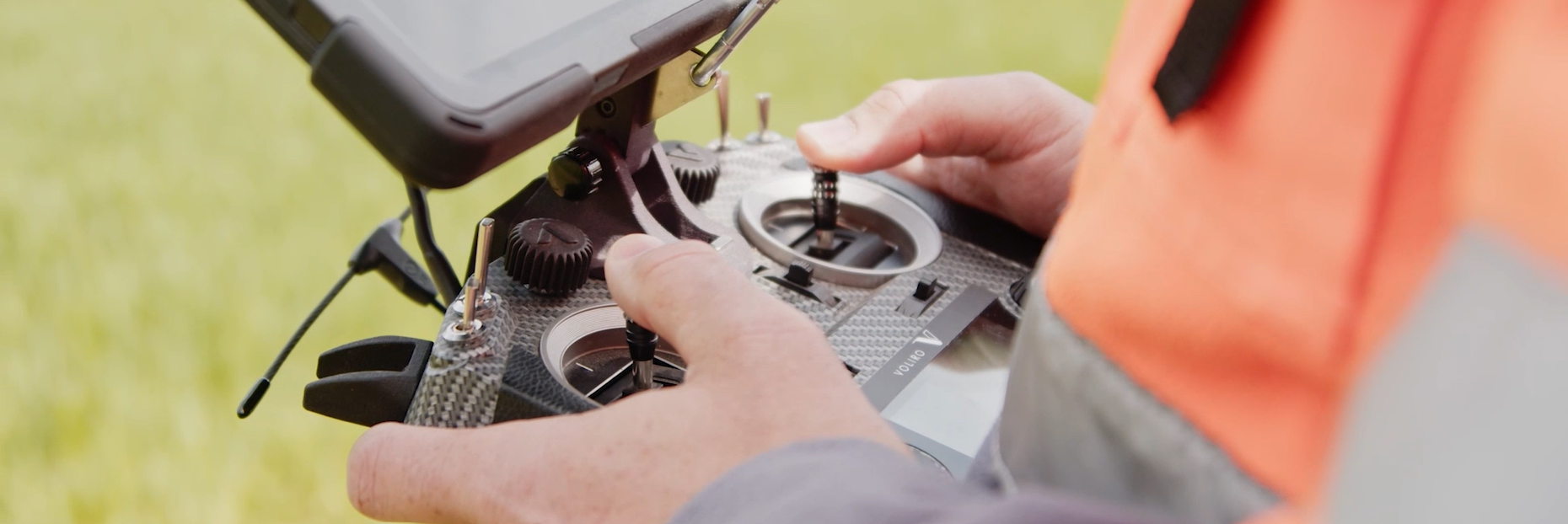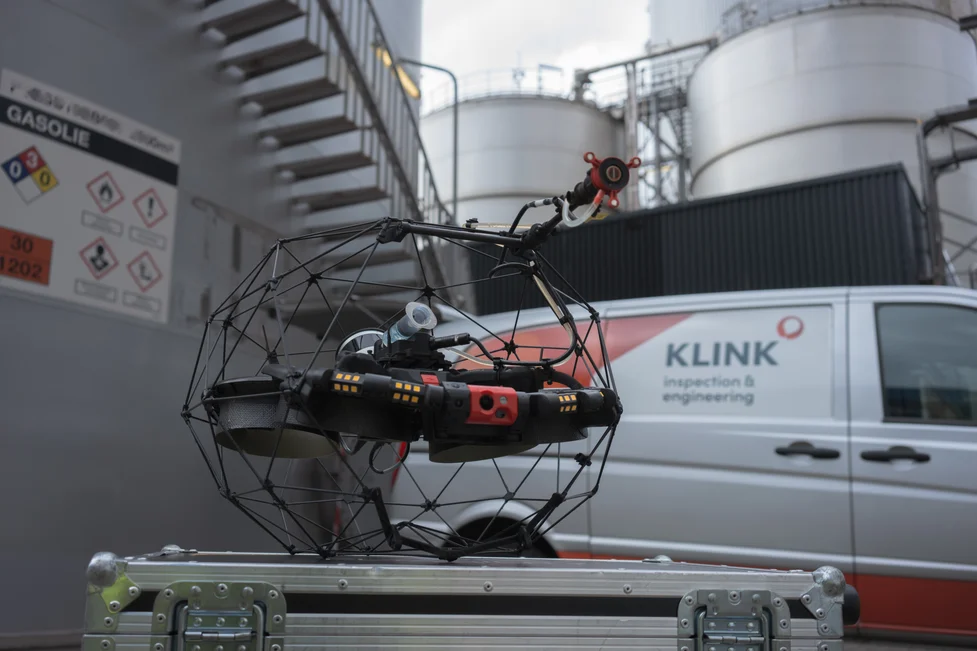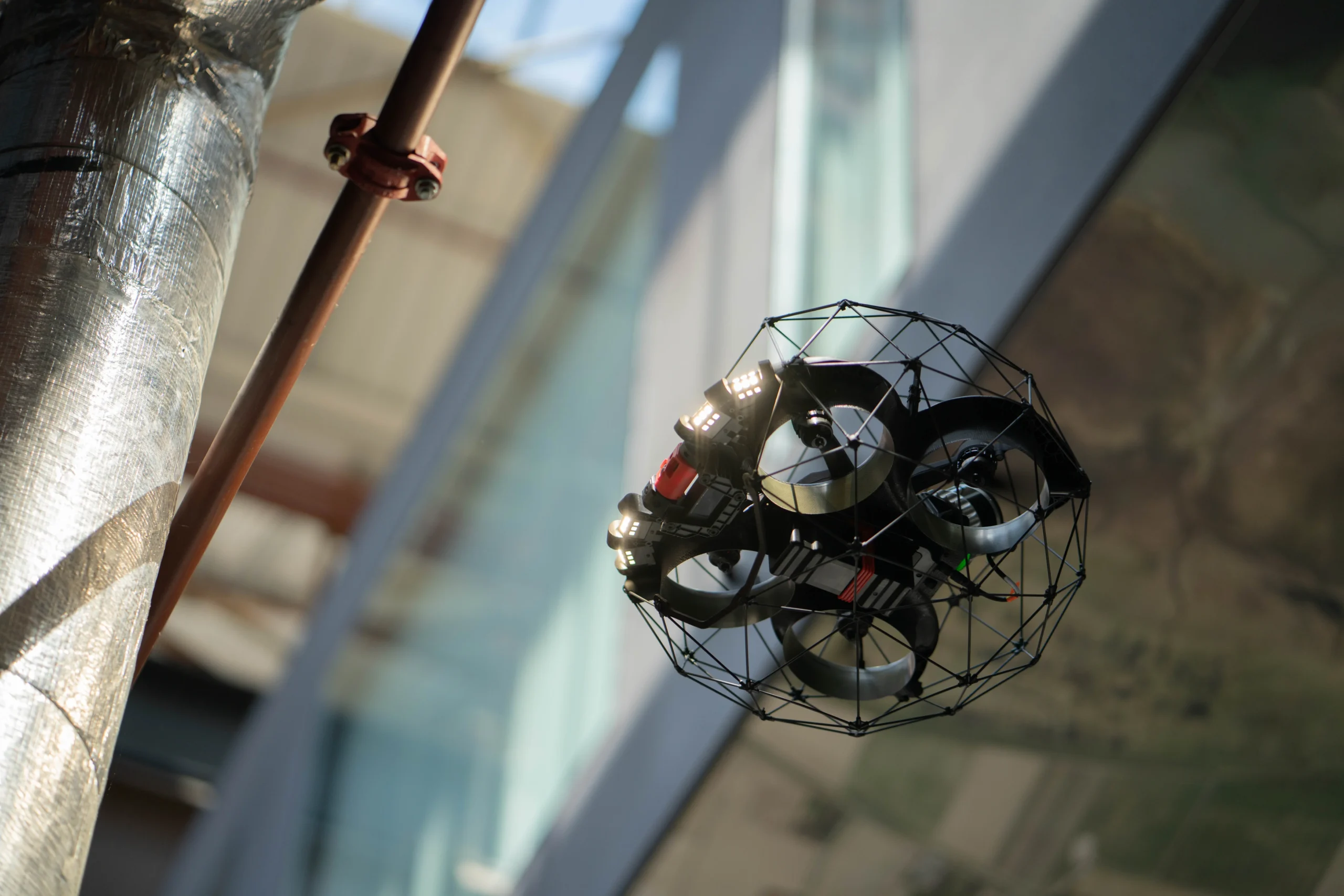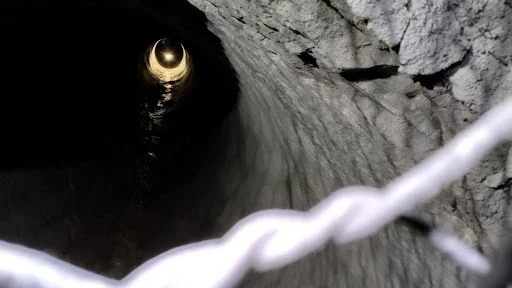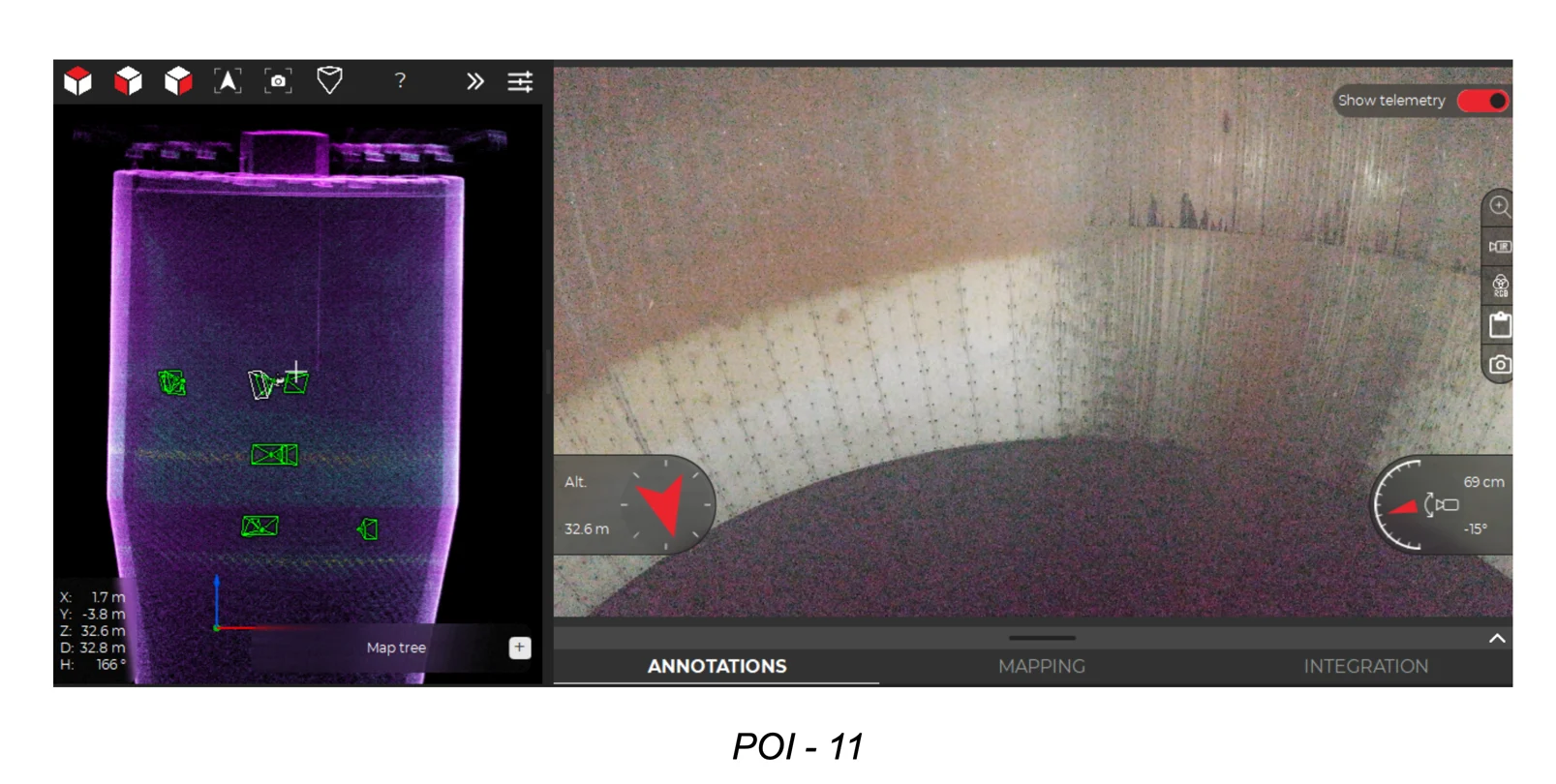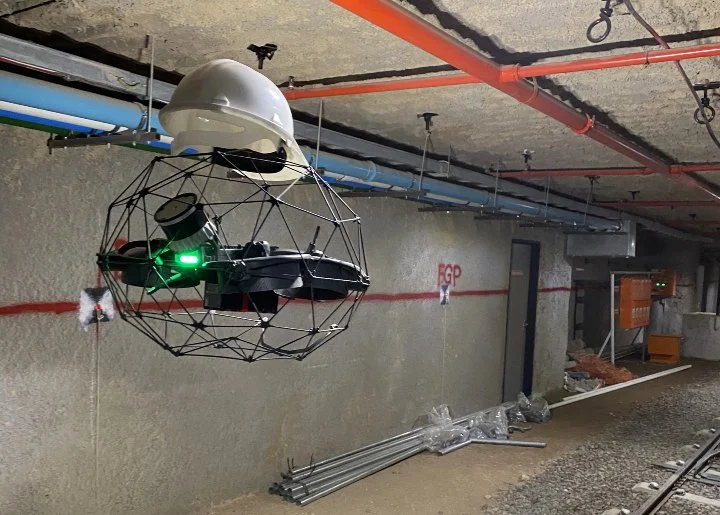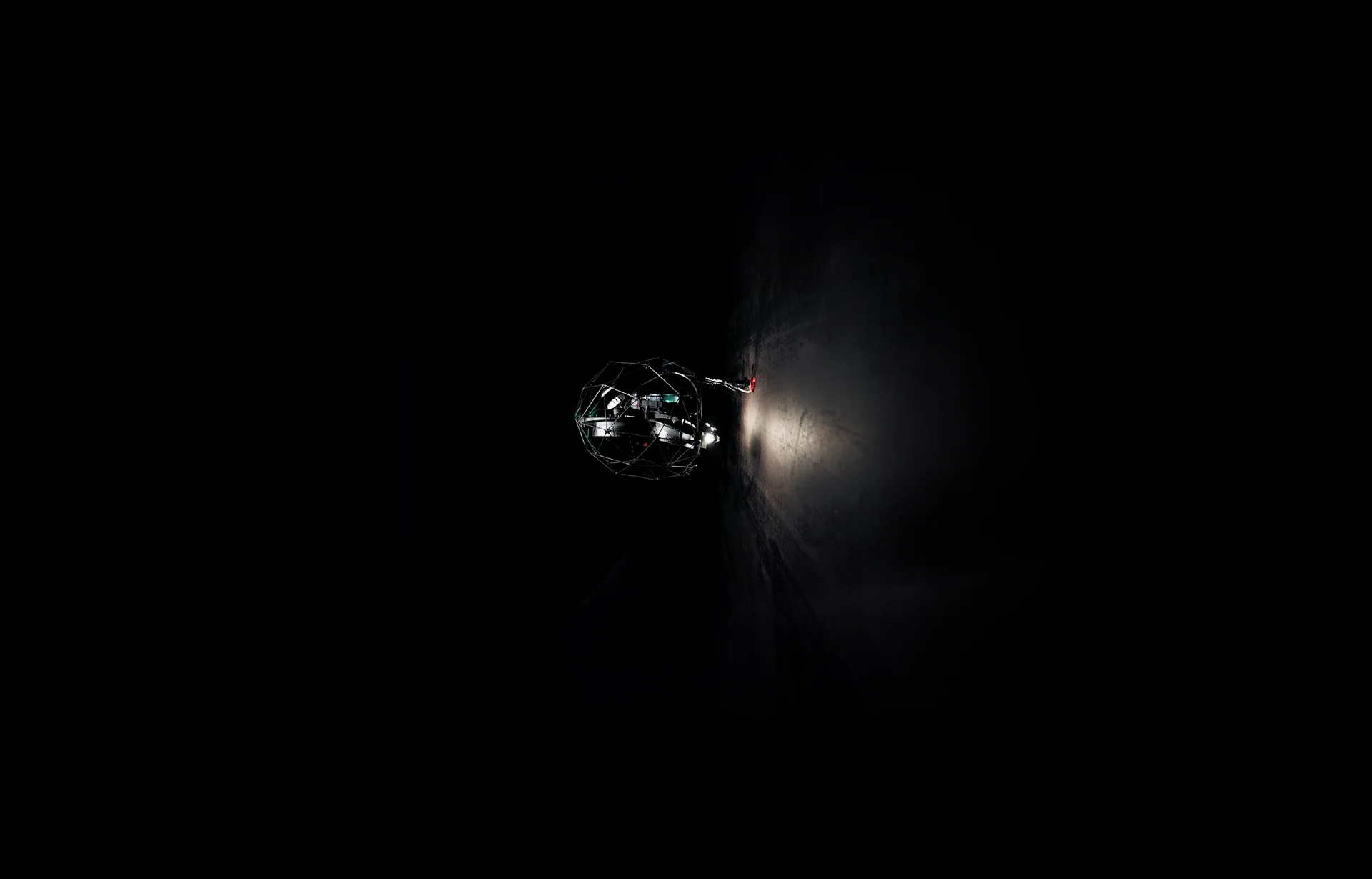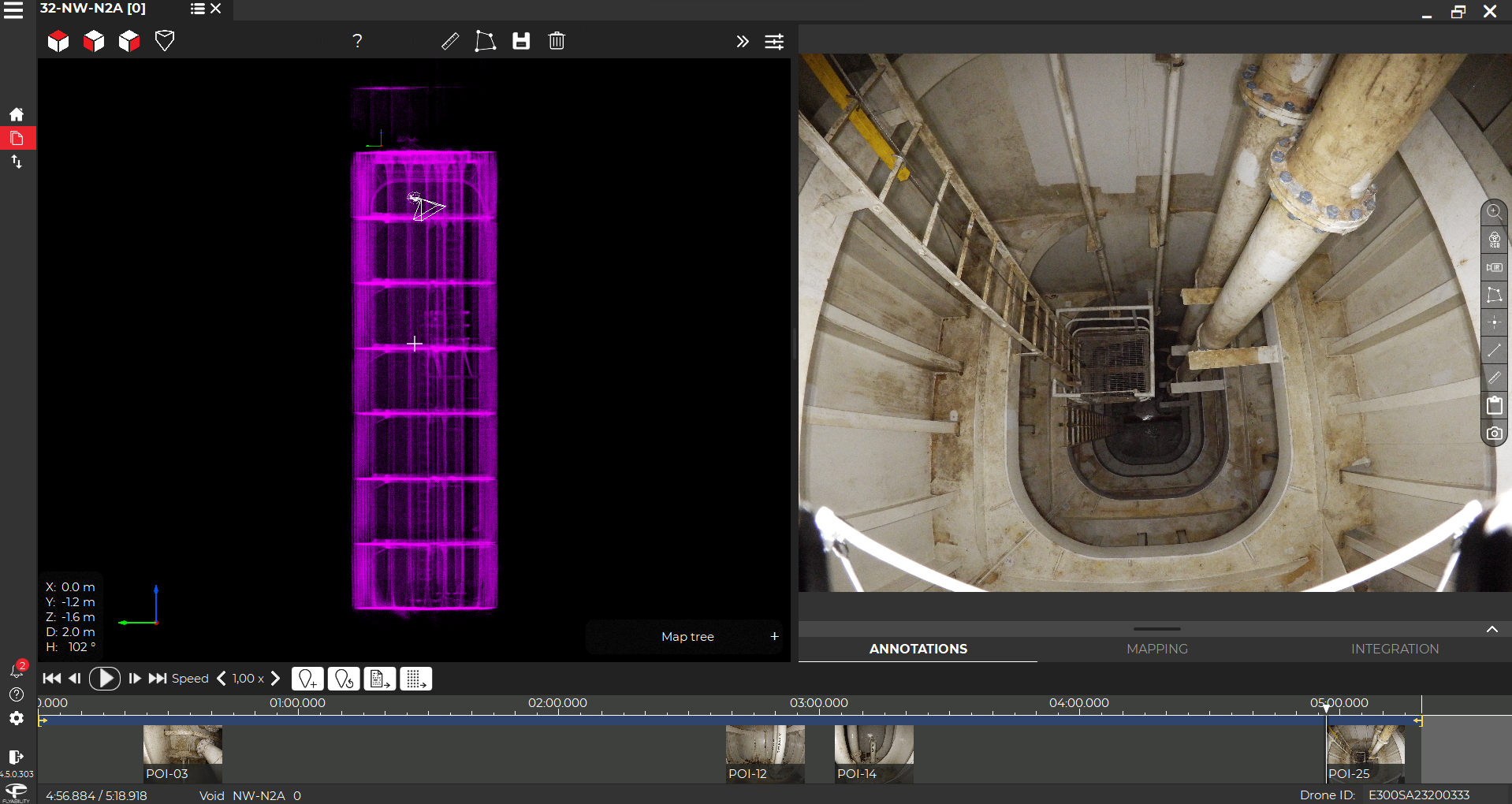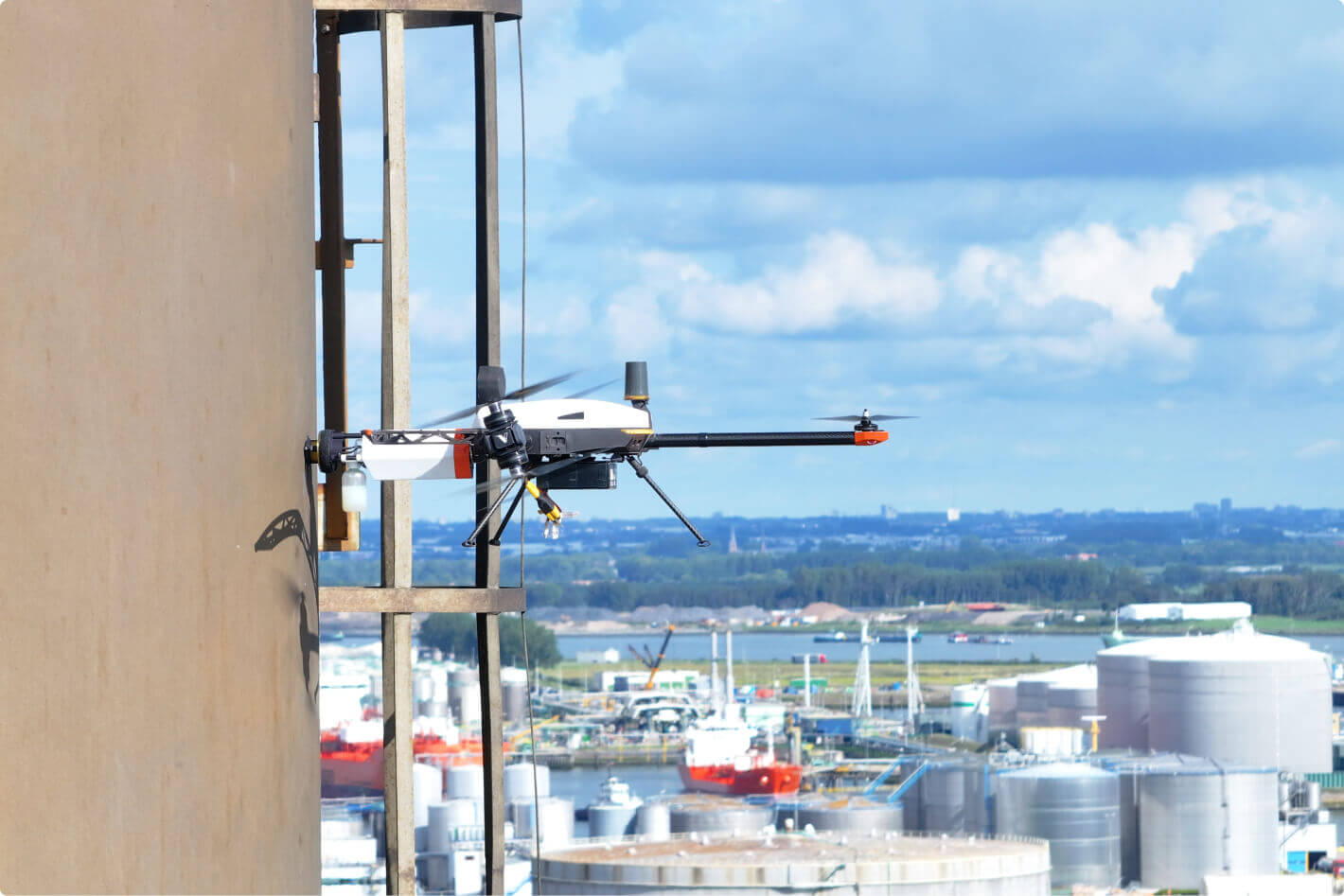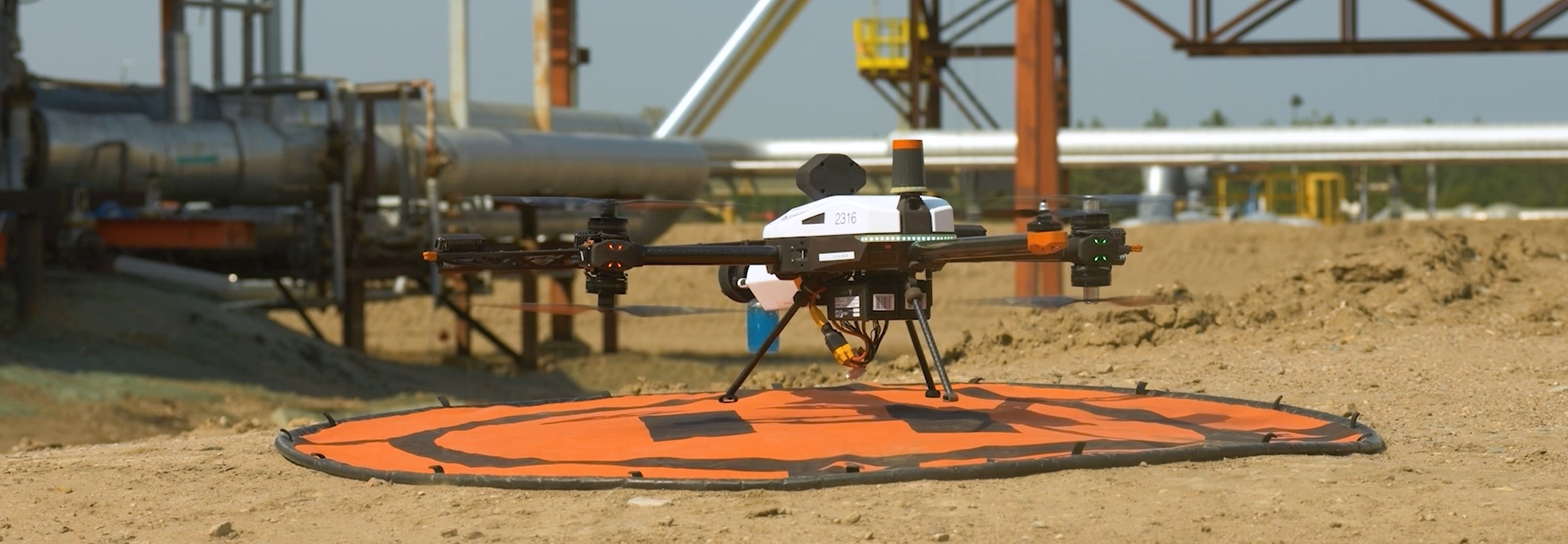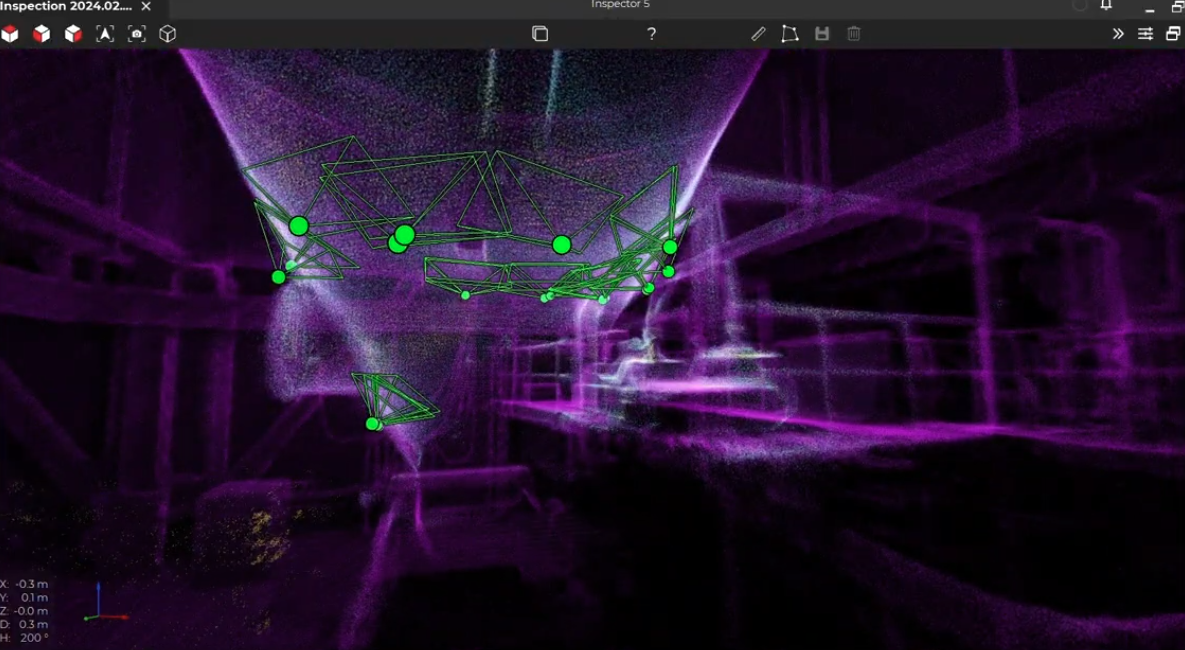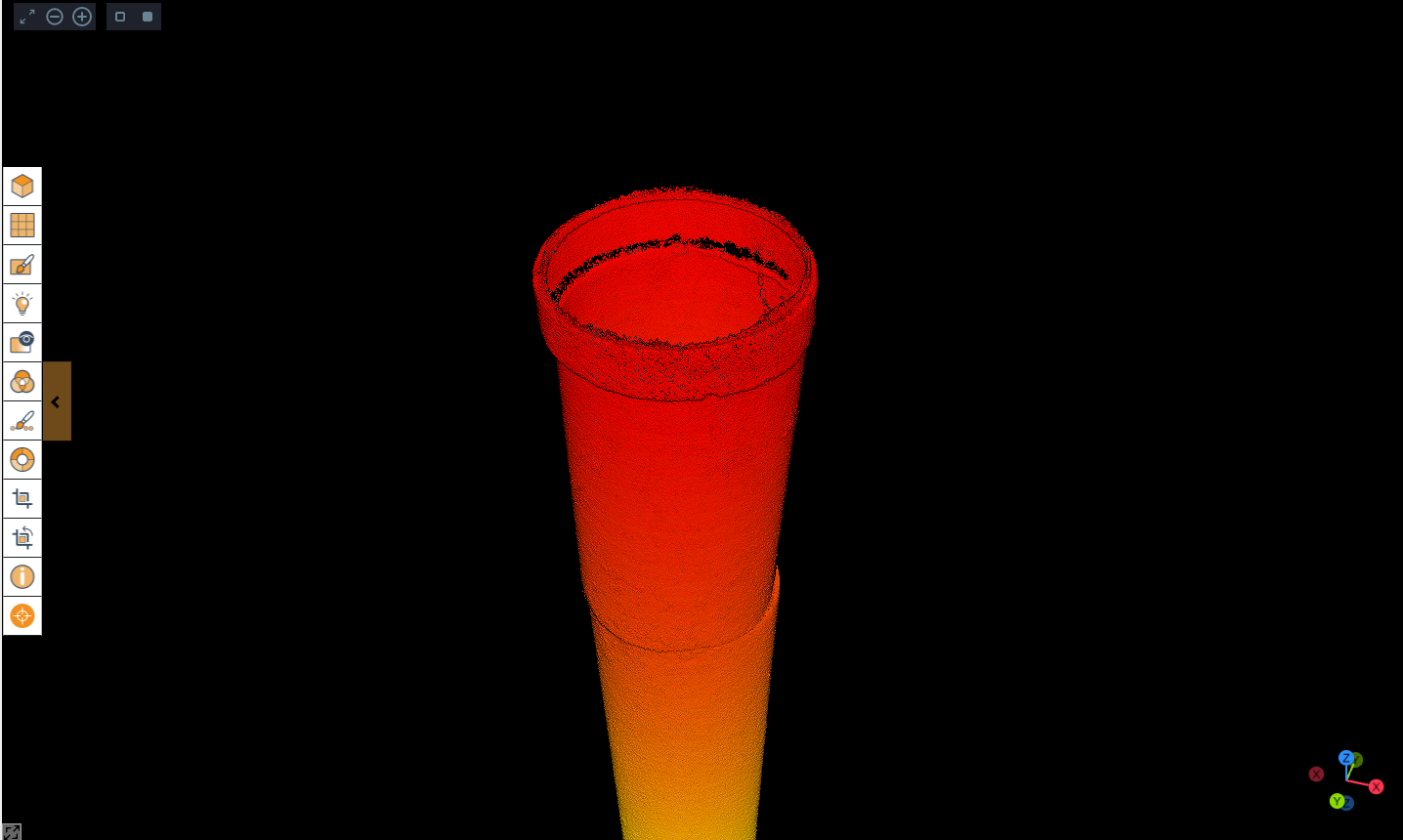The Challenge
There are two large underground pipes, each 3 meters wide, running under the site for 540 meters. These needed to be inspected before construction could begin.
However, traditional inspection methods presented major operational challenges:
- Divers could not be sent underground to check the condition of the water as it poses risks due to unknown hazards and strong currents.
- Remotely operated vehicles might not work efficiently due to strong currents or may get trapped.
- The tide from the Seine affects water levels, so the inspection had to be timed perfectly during low tide.
Solution and Outcomes
- Access: Our drones were flown during low tide using old 2D maps to safely inspect underground canals that hadn’t been accessed since they were built.
- High-Quality Data: The drone captured clear photos, videos, and a LiDAR scan that exceeded client expectations.
- Always Staying in Control: Even when the drone was out of sight, the team could navigate using its live video feed and 3D point cloud.
- Speed: The entire inspection was done in just one day, avoiding the long setup time usually required.
Conclusion
We not only delivered a successful outcome but also elevated the standard for drone-based inspections to a new level.
Our drones exceeded performance expectations during complex underground inspections, showcasing their unmatched capabilities and opening the door to even more ambitious drone applications in the future.


